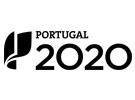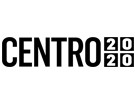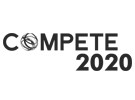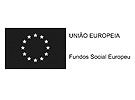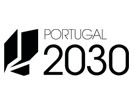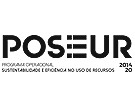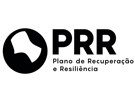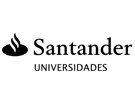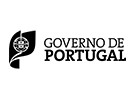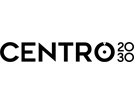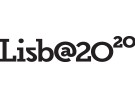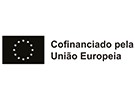



Publication in the Diário da República: Despacho nº 10366/2022 - 24/08/2022 (Parceria ESTT/ESAI) + Despacho n.º 3227/2025, de 12/03/2025
5 ECTS; 3º Ano, Anual, 50,0 TP , Cód. 908966.
Lecturer
- Anabela Mendes Moreira (1)(2)
(1) Docente Responsável
(2) Docente que lecciona
Prerequisites
Not applicable.
Objectives
The main objective of this course is to acquire technical and scientific knowledge in the areas of thermal, hygrothermal, and acoustic behavior in buildings.
The aims are: to develop skills that enable them to understand basic concepts (O1), know and interpret physical properties of materials (O2), to know and apply basic methodologies for modeling thermal, hygrothermal (O3), and acoustic performance in buildings (O4).
This course introduces students to problems in the field of Building Physics, promoting their analysis, interpretation, resolution, and presentation of constructive solutions in accordance with current regulations and sustainable development standards (O5).
The knowledge and skill
s acquired through this course contribute to understanding and interpreting the design and monitoring of building construction.
Program
1. Introduction
1.1 General objectives of the course unit and its integration in the course context.
1.2 Integration of Sustainable Development Goals within the scope of the course unit.
1.3 The importance of Sustainable Development perspectives in the context of Building Physics.
1.4 Functional and regulatory requirements.
2. Acoustics in buildings
2.1 Basic concepts and terminology.
2.2 Acoustic conditioning.
2.3 Airborne sound insulation.
2.4 Impact noise insulation
2.5 General Noise Regulation and Building Acoustic Requirements Regulation.
3. Thermal and hygrothermal behavior of buildings
3.1 Heat transmission mechanisms.
3.2 Thermal properties.
3.3 Thermal inertia.
3.4 Basic notions of psychrometry.
3.5 Natural ventilation.
3.6 Thermal bridges.
3.7 Generalities on bioclimatic architecture.
3.8 Passive solar technologies.
3.9 Solar protection for glazed openings.
3.10 Applicable regulations.
Evaluation Methodology
Completion of two assignments (FT1 and FT2) and a written exam (PE) is required in all assessment periods. The final grade (CF) is calculated using the formula CF=0.25*FT1+0.25*FT2+0.50*PE. The minimum grade required for the FT1 and FT2 assignments is 8 out of 20. The minimum grade required for the written exam is 9.5 out of 20. The minimum final grade (CF) for passing the course is 10 out of 20.
Bibliography
- Coelho, A. (2010). Incêndio em Edifícios. (Vol. -). Lisboa: Orion
- D. R., . Regulamentação aplicável. Lx: Diário da Republica
- Patrício, J. (2018). Acústica de Edifícios. (Vol. 1). Lisboa: Engbook
- Rodrigues, A. e Piedade, A. e Braga, A. (2009). Térmica de Edifícios. (Vol. 1). Amadora: Edições Orion
Teaching Method
The theoretical classes involve the presentation of concepts. The practical classes consist of discussing and solving problems, and analyzing their compliance with current applicable regulations.
Software used in class
MS Excel
Ubakus
